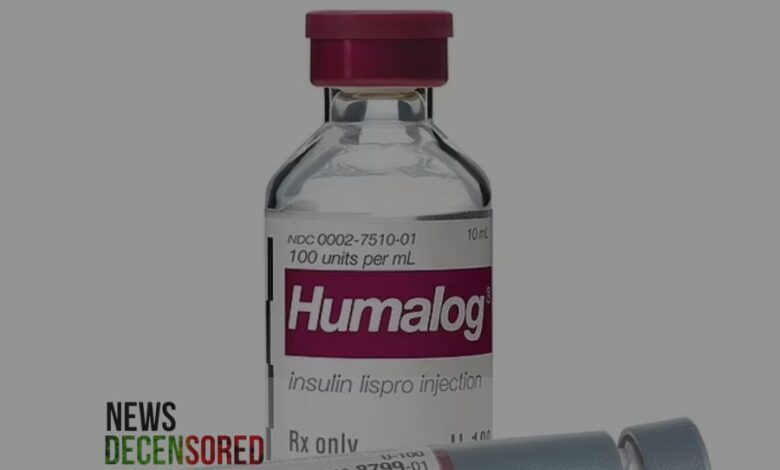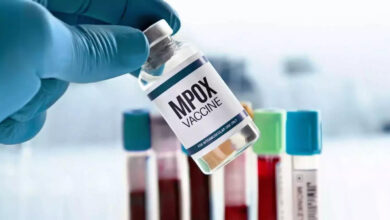A Vital Lifeline Disrupted: Temporary Insulin Shortage Raises Concerns in millions of Americans with diabetes

The news this week that Eli Lilly, a major pharmaceutical company, is experiencing a temporary shortage of two critical insulin formulations has sent shivers down the spines of millions of Americans with diabetes. The 10-milliliter vials of Humalog and insulin lispro injection are expected to be out of stock at wholesalers and some pharmacies through the beginning of April, leaving patients scrambling for alternative solutions.
While Lilly assures that pre-filled pen versions of these insulins remain available and that vial production is ongoing, the situation highlights the precarious nature of insulin access for many diabetics. Laura Marston, a type 1 diabetic and insulin advocate, exemplifies the challenges this shortage presents. Her body reacts negatively to alternative brands, and her insurance only covers the specific vials her pump utilizes.
“If Lilly doesn’t fix this fast, I actually don’t know what I’m going to do,” Marston confesses. The prospect of navigating complex insurance procedures for prior authorization or relying on a company coupon program for uninsured patients adds another layer of stress to an already concerning situation.
The potential impact of this shortage extends beyond immediate access. Dr. Jeff Jonas, a veteran pharmaceutical executive with a son who relies on insulin, expresses concerns about the long-term implications. He questions the predictability of insulin supply and demand, especially considering recent price reductions by Lilly and other manufacturers.
Jonas worries that setting artificially low prices could disincentivize production and hinder future investment in this crucial medication. This concern aligns with the broader issue of drug shortages in the US, often affecting older, less profitable medications like insulin.
Disruptions in insulin access can have life-threatening consequences. Stockpiling, a potential response to insecurity, could exacerbate the shortage further. This vulnerability underscores the critical need for a sustainable solution that balances affordability with a reliable supply chain.
The recent price reductions by insulin manufacturers were a positive step towards affordability, driven by patient advocacy and political pressure. However, the ongoing struggle between ensuring access and maintaining economic viability for pharmaceutical companies remains a complex issue.
While Lilly maintains that the current shortage is unrelated to its newer, fast-growing diabetes drugs, the incident serves as a stark reminder of the delicate balance required. As Jonas poignantly states, “They are supplying an important drug. The question is: How do we balance the need for affordability with the ability to maintain supply in a way that’s economically feasible for companies to do it?”
The coming weeks will be crucial in determining the severity of this shortage and its impact on patients. Continued communication from Lilly, alongside efforts to streamline insurance procedures and explore alternative solutions, is vital to ensure uninterrupted access to this life-saving medication. This incident also underscores the need for a long-term strategy that guarantees a stable and affordable supply of insulin for all who rely on it.




